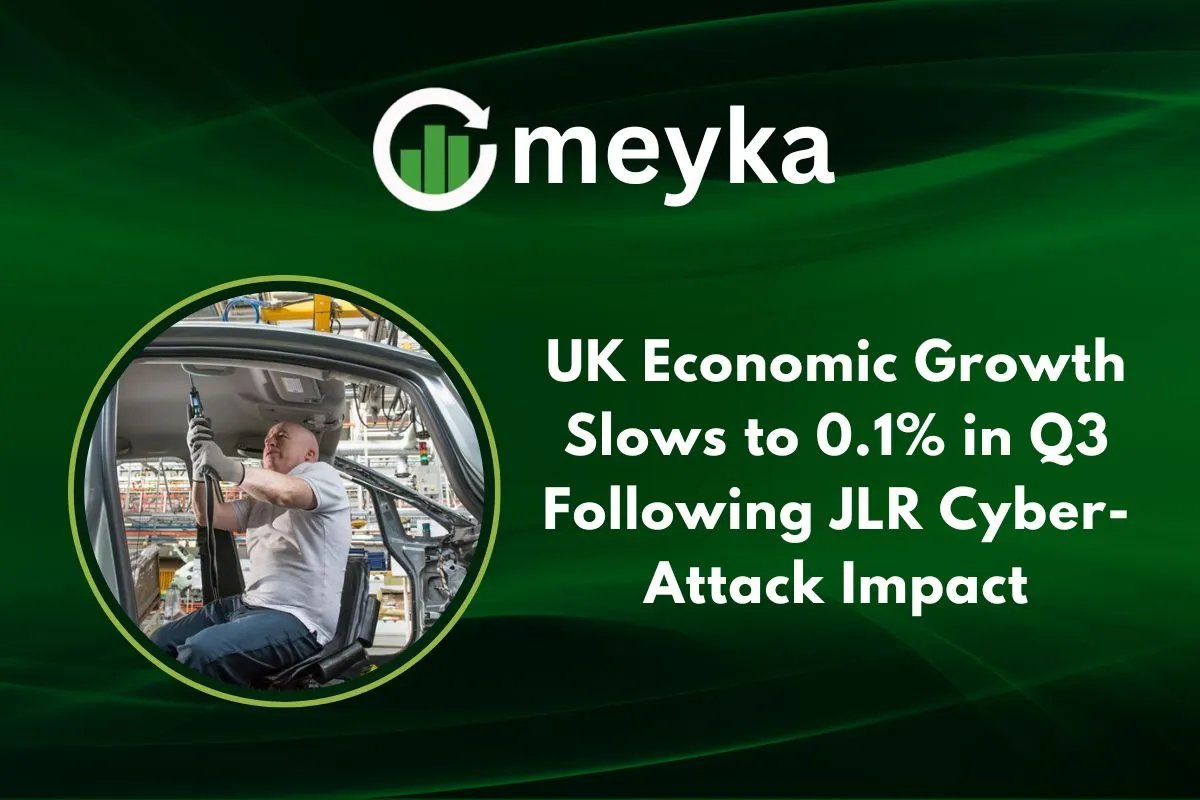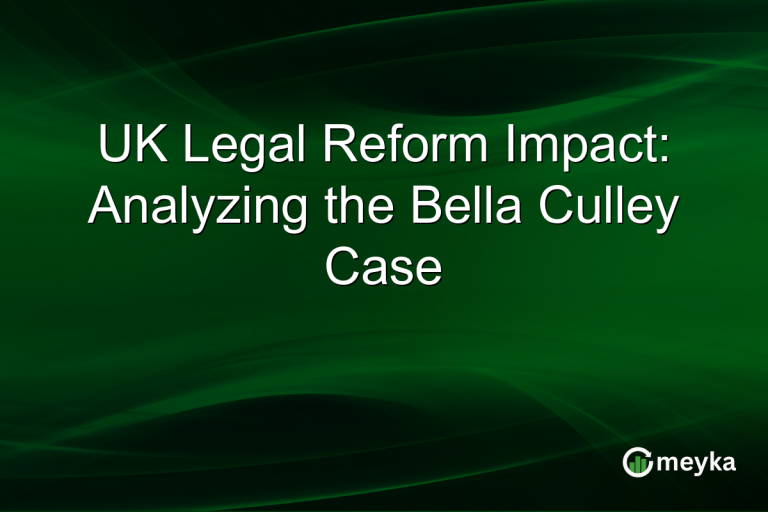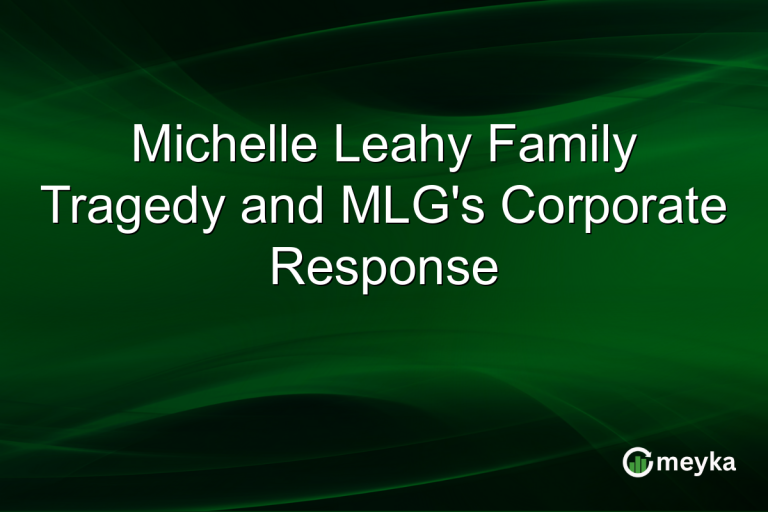UK Economic Growth Slows to 0.1% in Q3 Following JLR Cyber-Attack Impact
We just learned that the UK economy grew by only 0.1% in the third quarter, the period from July to September. A major reason? A serious cyber‑attack on Jaguar Land Rover (JLR), one of Britain’s biggest car manufacturers, disrupted production and rippled through its supply chain. We will explain what these numbers really tell us, why the JLR incident matters beyond cars, and what it could mean for businesses, workers, and everyday people. Together, we’ll dig into what’s holding growth back and why even a small change like 0.1% matters more than it might sound, because in a big economy, every fraction counts.
Overview of UK Economic Growth
Gross Domestic Product (GDP) represents the total worth of all goods and services produced within a country over a specific period. When we talk about quarterly growth, we mean how much that value changed over three months. The fact that the UK’s GDP rose just 0.1% in Q3 shows growth is nearly flat.
To give context: in Q22,2 the growth was 0.3%. So the pace has slowed. The main parts of the economy are manufacturing (making things), services (such as finance, retail, hospitality, y), and exports (selling abroad). When one or more of these weaken, the overall number suffers.
The JLR Cyber‑Attack: Details and Impact
Let’s focus on the JLR incident. In September 2025, JLR suffered a cyber‑attack that forced a large part of its production to halt. The result: the manufacture of motor vehicles, trailers, and semi‑trailers dropped by 28.6% in that month. This alone subtracted about 0.17 percentage points from GDP in September, and 0.06 points for the whole quarter.
Why does one company matter so much? JLR and its supply chain touch many jobs, factories, and exports. When production stops, suppliers, transport, and parts makers all get hit. That impact spreads. As the Office for National Statistics (ONS) said, the manufacturing drop was a key driver of the weak growth.
Sectoral Analysis: Manufacturing vs Services
Manufacturing was clearly the weak link this quarter. Production fell 0.8% overall. This was driven by the big hit to car‑making and also declines in other areas like mining and quarrying (‑1.5%) in Q3. Turning to services: that sector grew, but only modestly, around +0.2%. Services include retail, hospitality, and business services. The very low growth there shows that even sectors less exposed to a car‑factory shutdown felt the weakness. Construction grew just 0.1% in some estimates.
So, manufacturing pushed the whole economy down; services kept things from going into real contraction, but didn’t accelerate.
Government and Policy Response
The Chancellor, Rachel Reeves, is preparing a Budget on 26 November. With growth so weak and public finances under pressure, the government faces tough choices. The Chancellor stated that the UK led the G7 in economic growth during the first half of the year, but more efforts are needed to create an economy that benefits working citizens. Meanwhile, the Bank of England is watching closely. Markets now expect a rate cut in December g,, given the weak GDP figure. A rate cut is one way to support growth via cheaper borrowing. Fiscal policy (taxes and government spending) may also be adjusted.
Implications for Businesses and Consumers
What does this mean for everyday people and companies? For workers, slow growth may mean fewer job openings, and wage growth could stall. The UK unemployment rate rose to 5%, the highest in four years. For businesses, firms need to plan for risk. The JLR hack shows how a single event can ripple widely. Supply‑chain resilience, cybersecurity, and flexible operations become more important. Consumers could feel the impact via slower wage growth and cautious spending.
Outlook for Q4 and Beyond
What lies ahead? Analysts expect a bounce‑back in the fourth quarter, perhaps around +0.3% growth, assuming the manufacturing disruption is cleared. But risks remain: further cyber‑incidents, weak globaldemanddn,,d oor higher taxes could dampen recovery.
We must also watch consumer spending during the “golden quarter” (leading into Christmas) and how firms gear up. A durable recovery will require both policy support and business confidence to improve.
Conclusion
In sum, the UK’s 0.1% GDP growth in Q3 signals a clear slowdown. The cyber‑attack on JLR played a major role, especially in manufacturing. Services held up, but only barely. With policy choices looming, the road to stronger growth is not assured, but the fact that the weakness is recognized is a first step. For us, whether as workers, business owneownersr consumers, understanding these dynamics helps us prepare and adapt for what comes next.
FAQS
The UK economy is growing slowly due to weak manufacturing, supply chain problems, high inflation, and disruptions like the Jaguar Land Rover cyber‑attack. Consumer spending and business investment are also low.
Yes, UK growth slowed to 0.1% in Q3, which is weak. However, it slightly beat forecasts of zero growth because services and some industries still added small gains.
An economy slows when spending drops, businesses produce less, or exports decline. Other causes include high inflation, global uncertainty, supply chain disruptions, and unexpected events like cyber‑attacks.
Disclaimer:
The content shared by Meyka AI PTY LTD is solely for research and informational purposes. Meyka is not a financial advisory service, and the information provided should not be considered investment or trading advice.






